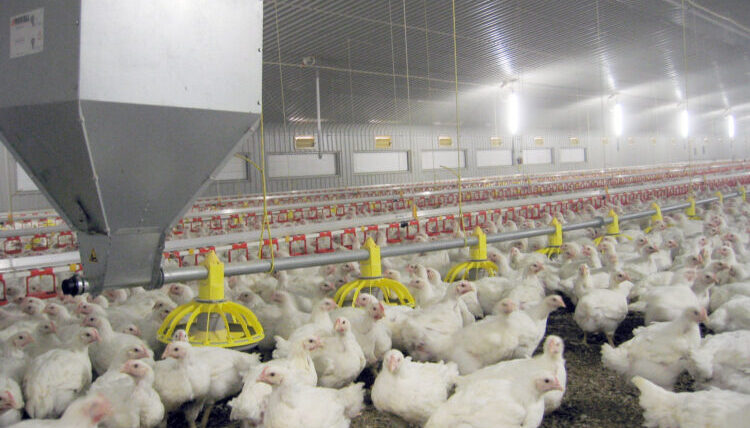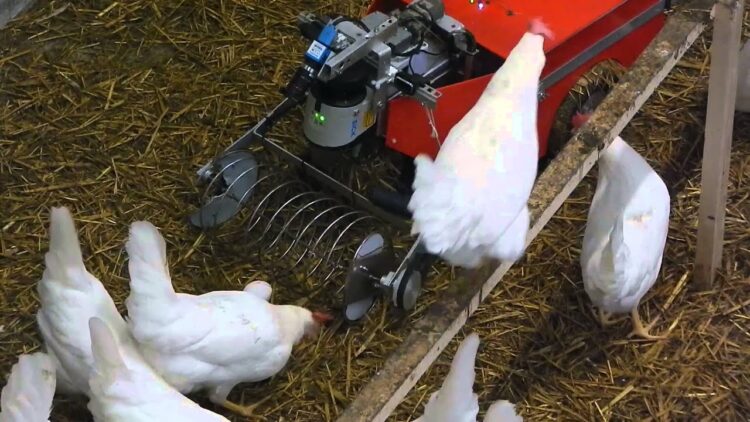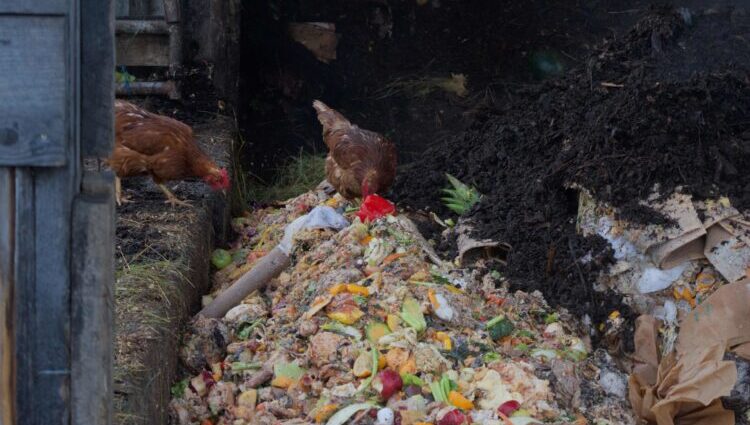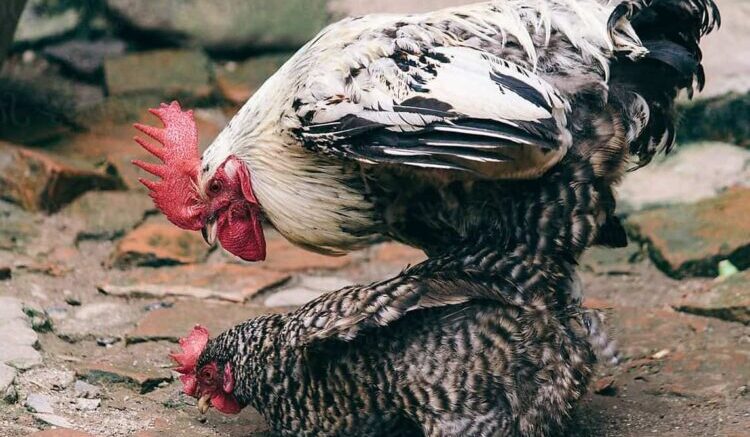Poultry farming has transformed from a traditional agricultural practice into a dynamic and profitable industry. As global demand for poultry products continues to soar, poultry farmers are constantly seeking innovative techniques to not only meet this demand but also increase their profitability while ensuring sustainability.
In this comprehensive article, we will delve into the latest trends and practices in modern poultry farming that are revolutionizing the industry, driving efficiency, sustainability, and profitability to new heights.
Automation and Precision Farming
In recent years, automation has become a cornerstone of modern poultry farming. Farms have witnessed a significant shift from labor-intensive practices to automated solutions in poultry equipment that streamline operations and reduce costs. These innovations encompass various aspects of poultry farming, including:
Automated Feeding Systems

Source: fancom.com
Traditional hand-feeding methods are gradually being replaced by automated feeding systems. These systems accurately dispense feed at specified intervals, ensuring that each bird receives the appropriate nutrition. Not only does this reduce labor costs, but it also minimizes feed wastage and promotes healthier bird growth.
Watering Systems
Automated watering systems have improved water distribution in poultry houses. These systems maintain clean water sources, reducing the risk of disease transmission, while also cutting down on the labor required for manual water distribution.
Robotic Egg Collection

Source: youtube.com
One of the most labor-intensive tasks in poultry farming is egg collection. Robotic egg collectors have emerged as a game-changer, automating this process with precision and efficiency. These robots can carefully pick up eggs, minimizing the potential for damage and contamination.
Data-Driven Management
Precision farming techniques are now being widely adopted in poultry farming. Farms are equipped with sensors and monitoring systems that gather real-time data on various environmental factors, including temperature, humidity, and feed consumption. This information is invaluable for optimizing flock management, ensuring birds are kept in ideal conditions for maximum growth and health.
Sustainable Poultry Farming Practices
Sustainability is a critical aspect of modern poultry farming. Consumers and regulatory bodies alike are increasingly demanding environmentally friendly and humane practices. Poultry farmers are responding to this demand by implementing sustainable strategies, including
Organic and Free-Range Production
Many consumers prefer poultry products from birds raised in organic or free-range systems. These systems prioritize animal welfare, providing birds with access to outdoor areas and natural feeding habits. While these methods may be more labor-intensive and require more space, they often command premium prices in the market.
Waste Management and Recycling

Source: vtdigger.org
Poultry farming generates waste, including manure and litter. Modern farms are adopting waste management techniques that convert these byproducts into valuable resources. For example, poultry litter can be composted or processed into fertilizer, reducing environmental impact and generating additional income for the farm.
Energy-Efficient Facilities
Poultry farms are investing in energy-efficient infrastructure to reduce their carbon footprint and operational costs. Solar panels, LED lighting, and improved insulation are some of the strategies employed to lower energy consumption.
Disease Management
The use of antibiotics in poultry farming has raised concerns about antibiotic resistance and environmental pollution. Farmers are exploring alternative disease management strategies, such as probiotics, vaccines, and biosecurity measures, to reduce the need for antibiotics.
Genetic Improvement and Breeding Programs

Source: cs-tf.com
Poultry genetics have undergone significant advancements, leading to the development of highly productive and disease-resistant breeds. Breeding programs now focus not only on maximizing meat and egg production but also on bird health and resilience. These selective breeding practices contribute to improved profitability by reducing mortality rates and increasing product output.
Value-Added Products and Diversification
To maximize profitability, many poultry farms are diversifying their product offerings beyond traditional meat and eggs. This includes producing value-added products such as pre-marinated chicken cuts, specialty eggs, and even feathers for various industries. Diversification helps farms tap into niche markets and increase revenue streams.
Market Analysis and Consumer Trends
Understanding consumer preferences and market trends is crucial for poultry farmers. By staying informed about changing dietary habits, health-conscious choices, and ethical considerations, farmers can adapt their production methods and marketing strategies to meet evolving demands.
Conclusion
Modern poultry farming is a dynamic and evolving industry where innovation and sustainability go hand in hand. Automation, sustainable practices, genetic improvements, diversification, and market analysis are just a few of the many strategies that today’s poultry farmers are using to maximize profitability while meeting the demands of a changing world.
As the industry continues to evolve, poultry farming will remain a cornerstone of global agriculture, providing essential food products while embracing innovative techniques to ensure a prosperous and sustainable future. In our article on innovative laser technologies, you will learn how a laser can aid in poultry farming while preventing the slaughter of millions of birds each year. Read on and find out!



